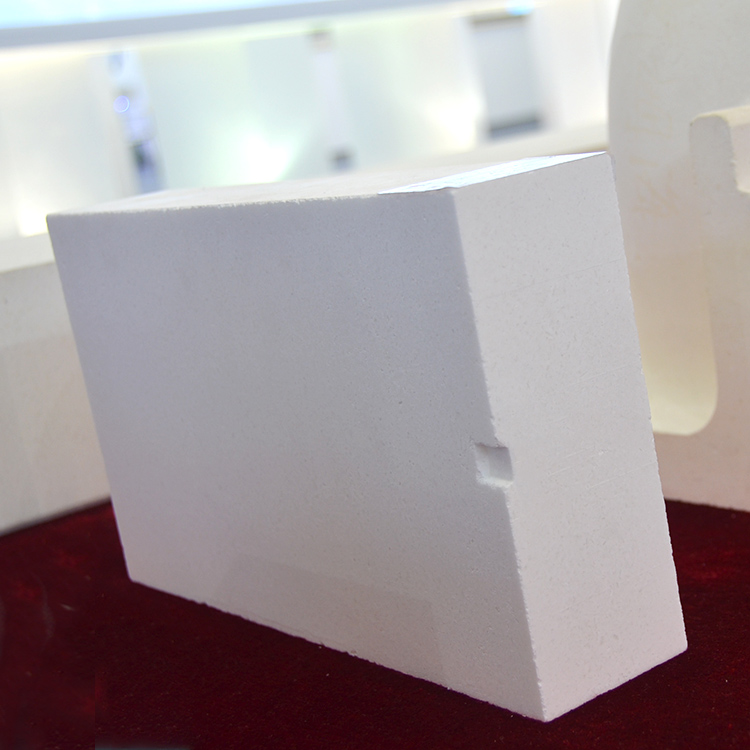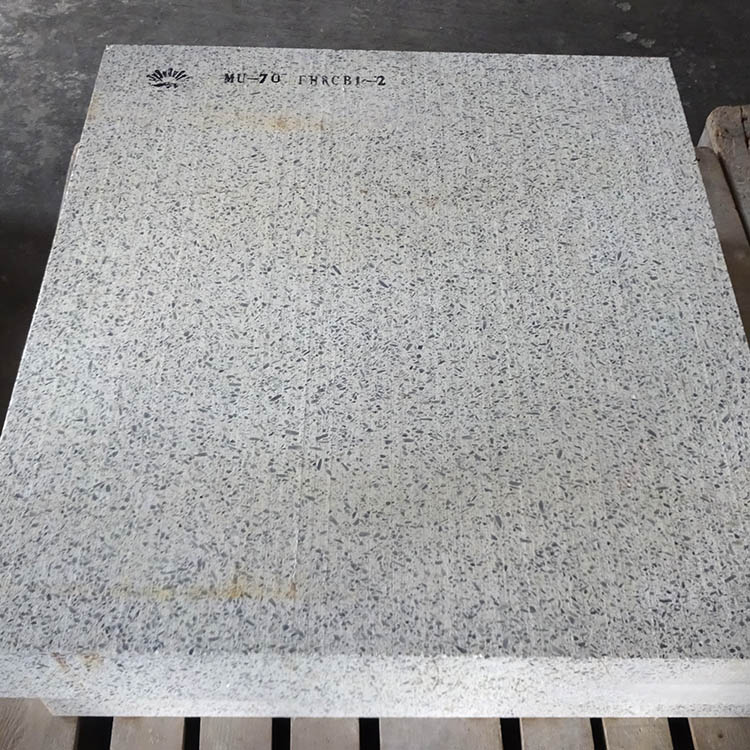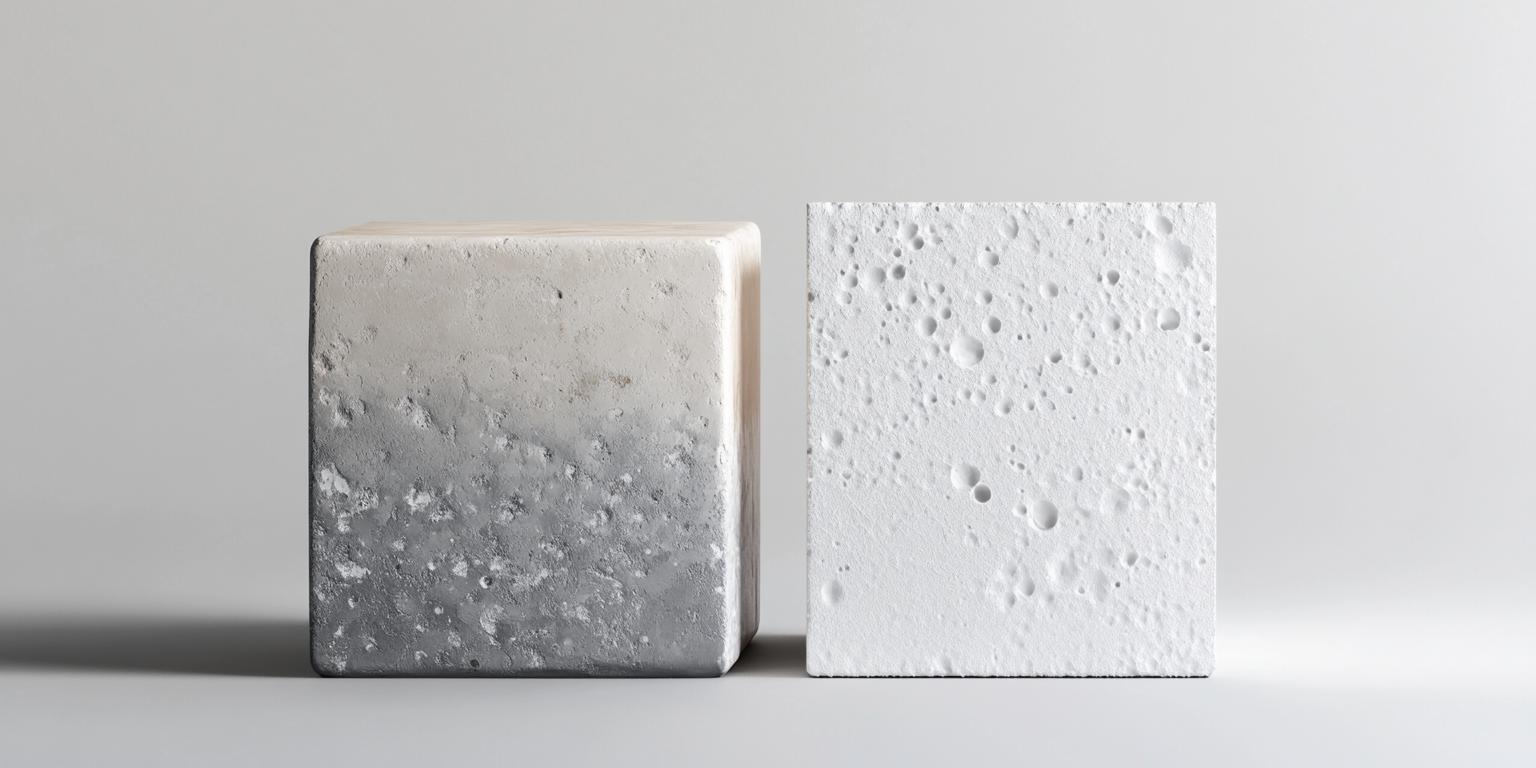
When it comes to selecting refractory materials, many customers often find themselves in a quandary. Among the numerous refractory products, mullite bricks stand out as a popular choice due to their excellent performance. There are two main types of mullite bricks: sintered mullite bricks and fused mullite bricks. Let's delve into the details of these two types.
Sintered mullite bricks are typically made from natural bauxite, kaolin, and other aluminum - rich minerals. These raw materials are abundant and relatively inexpensive, which contributes to the cost - effectiveness of sintered mullite bricks.
The manufacturing process of sintered mullite bricks involves several steps. First, the raw materials are crushed and ground into fine powder. Then, they are mixed with a certain amount of binder and water to form a homogeneous mixture. After that, the mixture is pressed into the desired shape of bricks. Finally, the green bricks are sintered at a high temperature, usually between 1600 - 1800°C, in a kiln. This high - temperature sintering process enhances the density and strength of the bricks.

Sintered mullite bricks have good thermal stability and resistance to chemical corrosion. They can withstand temperatures up to 1700°C. In terms of mechanical properties, they have a relatively high compressive strength, typically around 50 - 80 MPa, which makes them suitable for various industrial applications.
Fused mullite bricks are mainly made from high - purity alumina and silica raw materials. These high - quality raw materials ensure the superior performance of fused mullite bricks.
The production of fused mullite bricks starts with melting the raw materials in an electric arc furnace at an extremely high temperature, around 2000 - 2200°C. Once the materials are fully melted, they are poured into molds and cooled slowly to form bricks. This process results in a dense and uniform structure of the bricks.

Fused mullite bricks have exceptional thermal shock resistance and high - temperature strength. They can resist temperatures up to 1800°C and have a compressive strength of 80 - 120 MPa, which is higher than that of sintered mullite bricks. Their dense structure also provides better resistance to slag penetration.
| Aspect | Sintered Mullite Bricks | Fused Mullite Bricks |
|---|---|---|
| Raw Materials | Natural bauxite, kaolin | High - purity alumina and silica |
| Manufacturing Process | Pressing and sintering at 1600 - 1800°C | Melting in an electric arc furnace at 2000 - 2200°C |
| Compressive Strength | 50 - 80 MPa | 80 - 120 MPa |
| Maximum Service Temperature | 1700°C | 1800°C |
In the metallurgical industry, sintered mullite bricks are often used in the lining of intermediate frequency furnaces and ladles due to their cost - effectiveness and good thermal stability. Fused mullite bricks, on the other hand, are more suitable for the lining of high - temperature electric arc furnaces and converters because of their high - temperature strength and resistance to thermal shock.
In the glass industry, sintered mullite bricks can be used in the regenerator of glass melting furnaces. Fused mullite bricks are preferred for the superstructure of glass furnaces where they need to withstand high temperatures and chemical corrosion.

In the ceramic industry, both types of mullite bricks can be used in kilns. Sintered mullite bricks are suitable for low - to medium - temperature kilns, while fused mullite bricks are used in high - temperature kilns for firing advanced ceramics.
In summary, sintered mullite bricks are cost - effective and have good general performance, making them a practical choice for applications with relatively lower temperature requirements. Fused mullite bricks offer superior high - temperature performance and are ideal for high - end applications where extreme conditions are involved.
Selecting the right type of mullite brick according to your specific needs can significantly improve the efficiency and longevity of your industrial equipment. At [Company Name], we offer a wide range of high - quality sintered and fused mullite bricks. Our team of experts can help you make the best choice for your project.
Ready to enhance your industrial operations with the perfect mullite bricks? Contact us now to discuss your requirements and get a free consultation!

